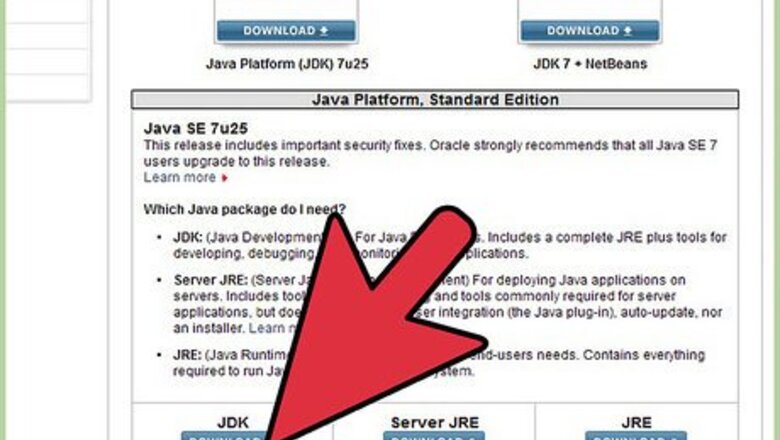
views

Visit the Java downloads page on Oracle's website to find the JDK environment download. Scroll down until you find Java SE 6 Update 43, and download JDK.
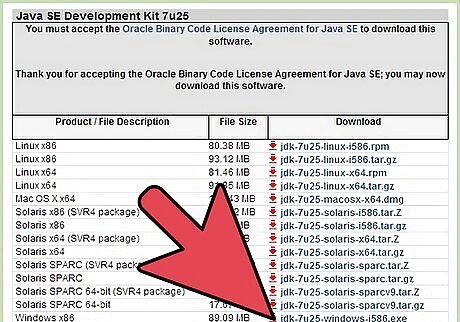
Once you have selected download, accept the terms of service and choose the correct OS corresponding for the specific JDK. (Windows, Mac, Linux, etc.)
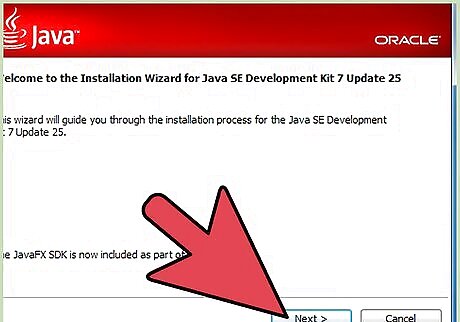
Once the download is complete, double click the file to begin the installation of JDK.
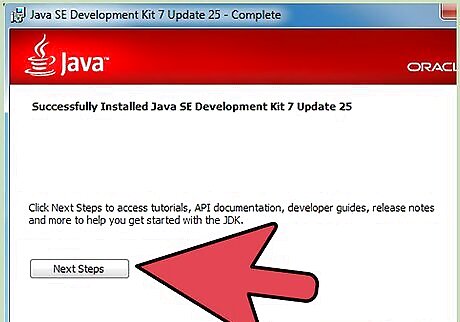
After the initial installation is done, a pop up asking you where your source java files will be. You can choose to change where you want to keep your folder but it’s best to stick with what you were given first.
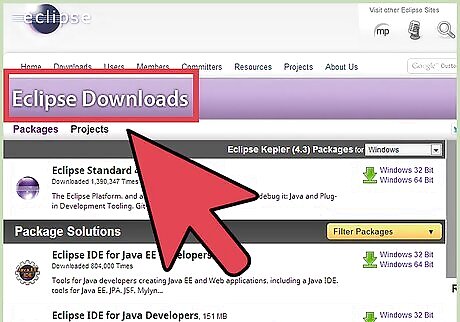
When the installation is finished, we will begin to the installation of Eclipse. Go to http://www.eclipse.org/downloads/ .tet
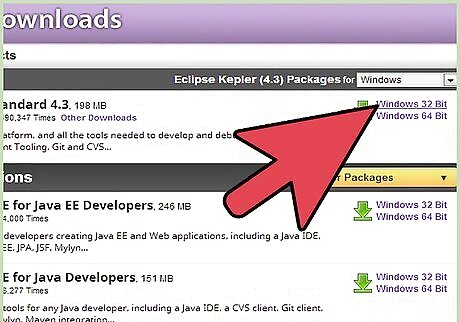
For Windows users, you will have to know what type of version of your OS you have. If your computer is a 64 bit Windows, select Windows 64 and if you have a 32 bit Windows, select Windows 32 bit.

Once you have downloaded the Eclipse archive you will need to decompress the zip file, which will create the unzipped Eclipse folder. You may want to extract the archive to the root of C:\ drive, thus creating the folder “C:\eclipse”, or just moved the extracted eclipse folder to the root of C:\ drive if you extracted it already. Since Eclipse does not have any installer, there will be a file inside the Eclipse folder named eclipse.exe ( ). You can double click on the file to run Eclipse.
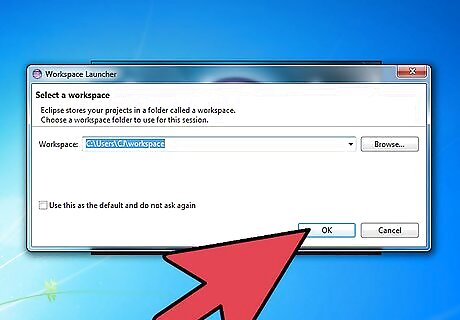
After eclipse has been fully installed and extracted, create a workspace folder where you will contain all the program files you create.
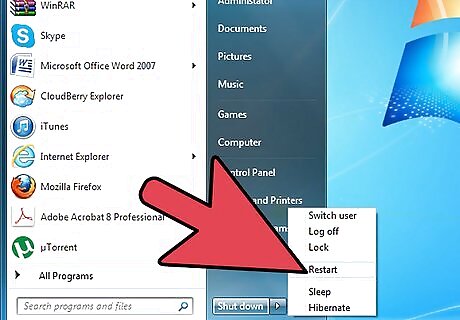
Now that you have finished installing Eclipse, restart your computer. Restarting your computer refreshes system memory and allows registration or configuration changes made by installers and uninstallers to take effect.
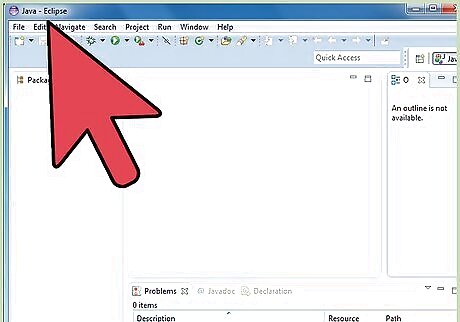
From there, create a test program to test the functionality of Eclipse.



















Comments
0 comment